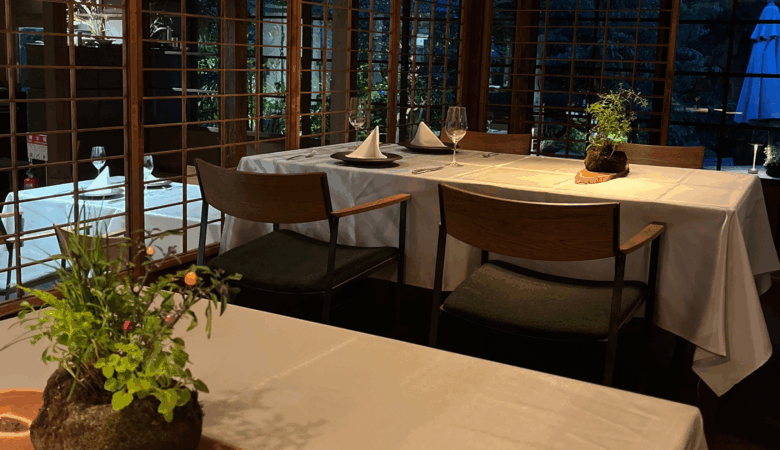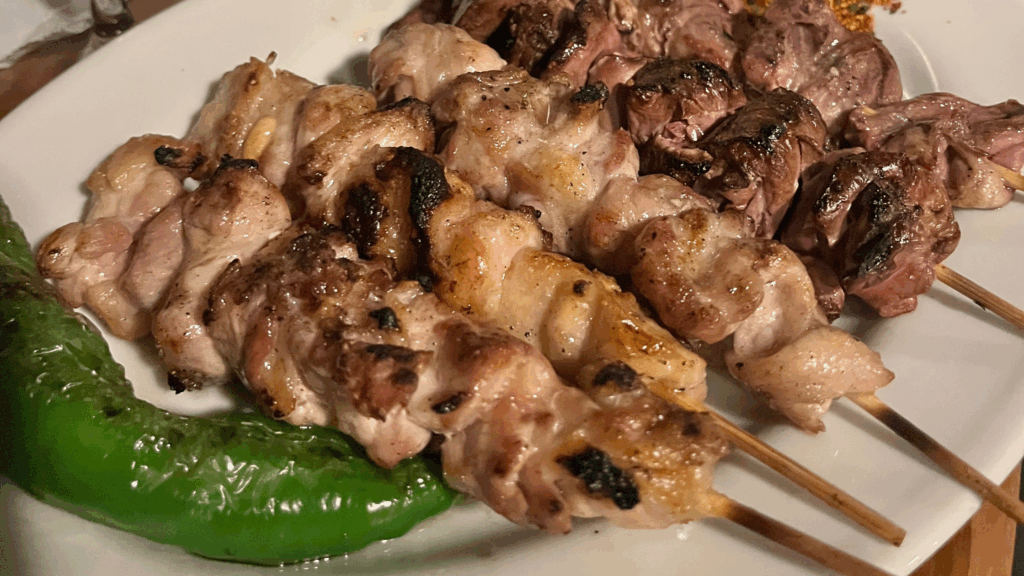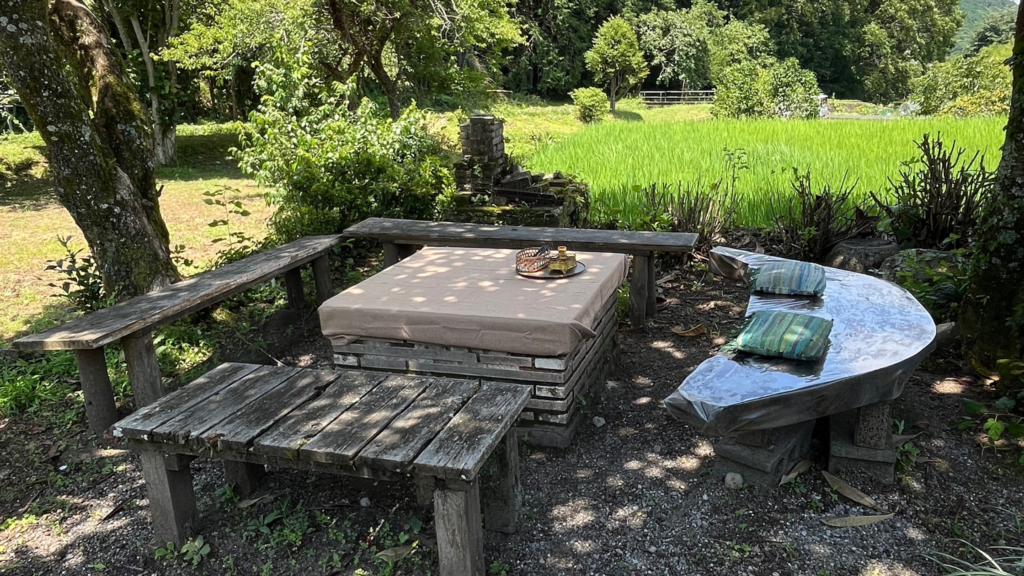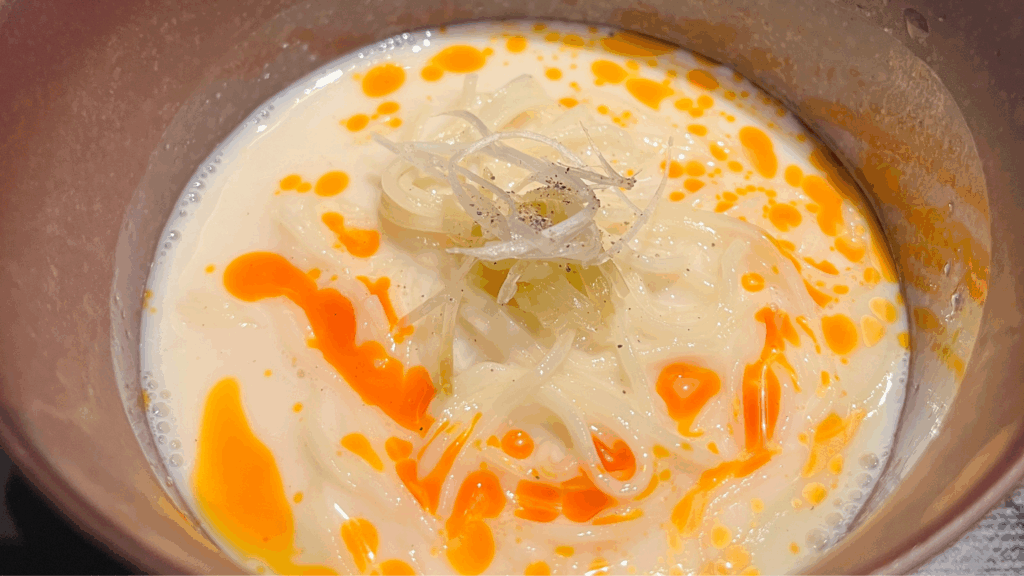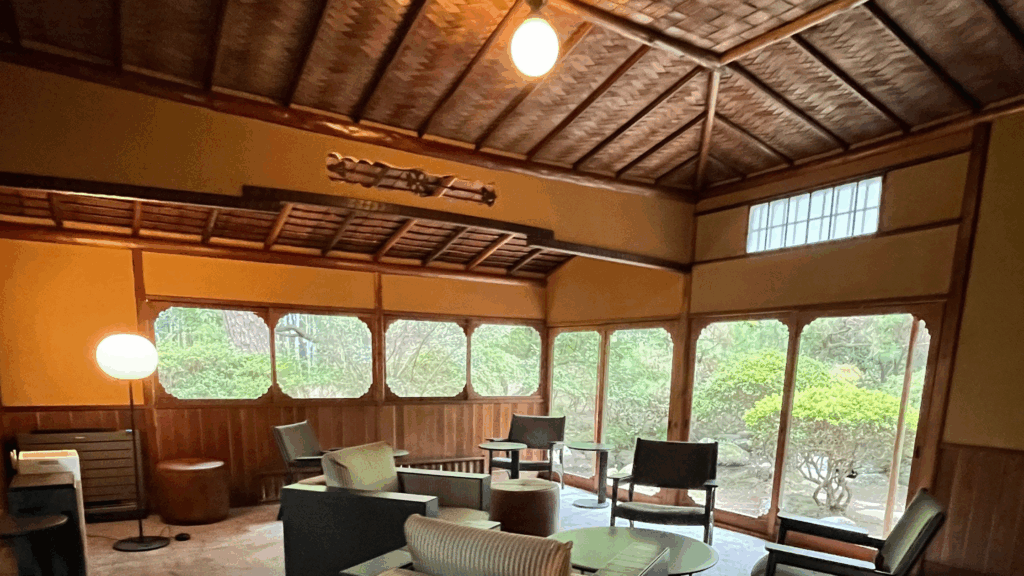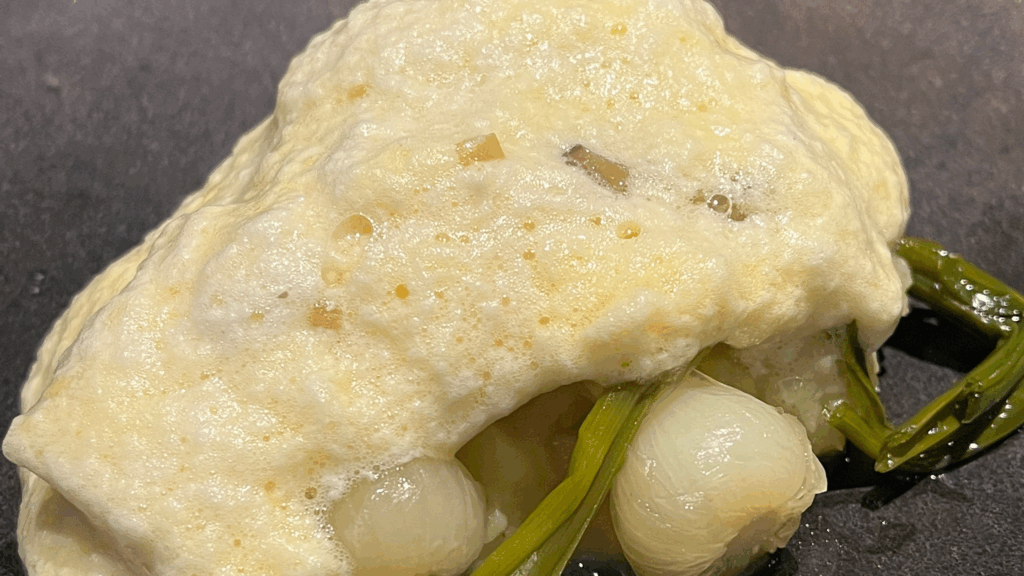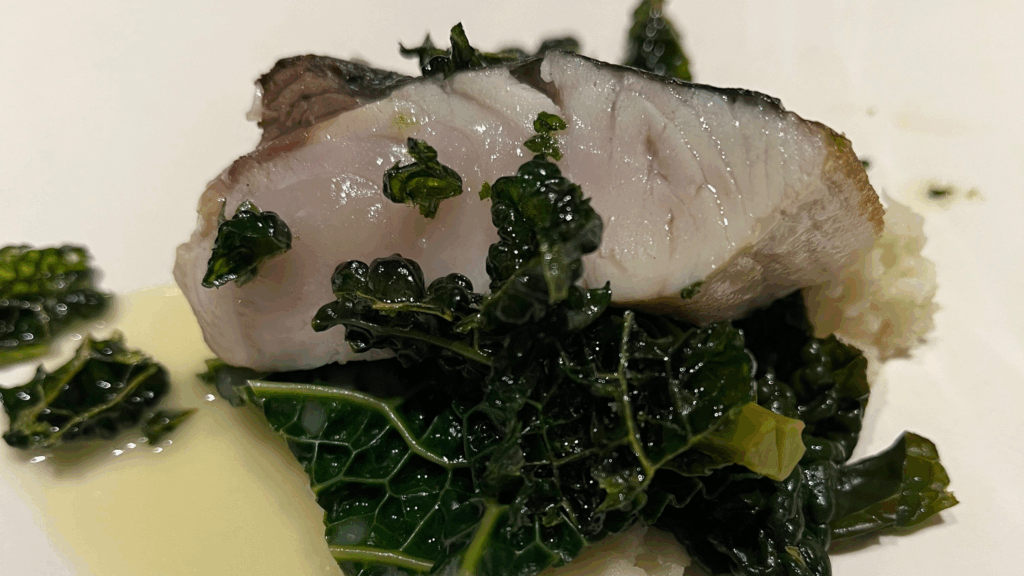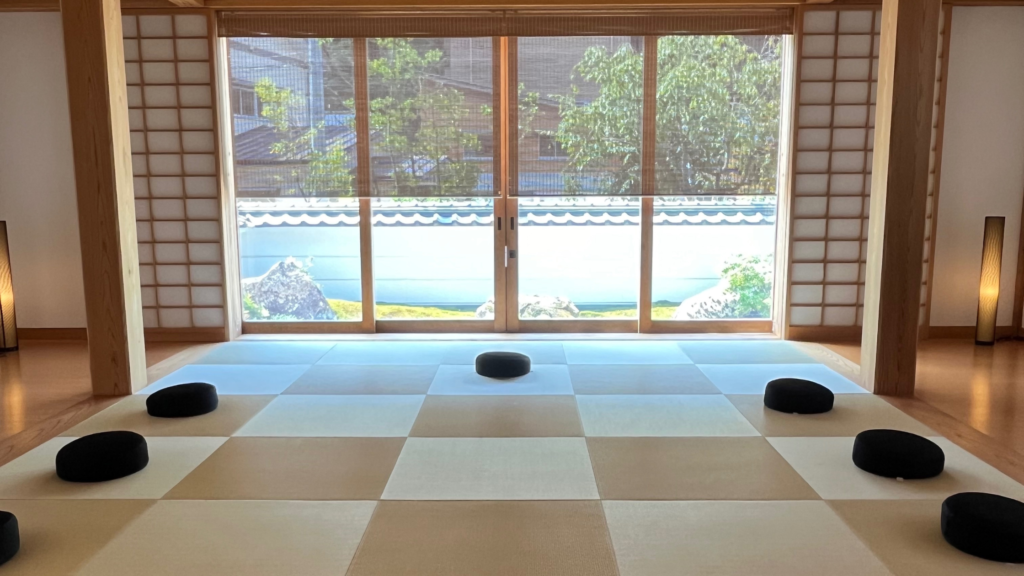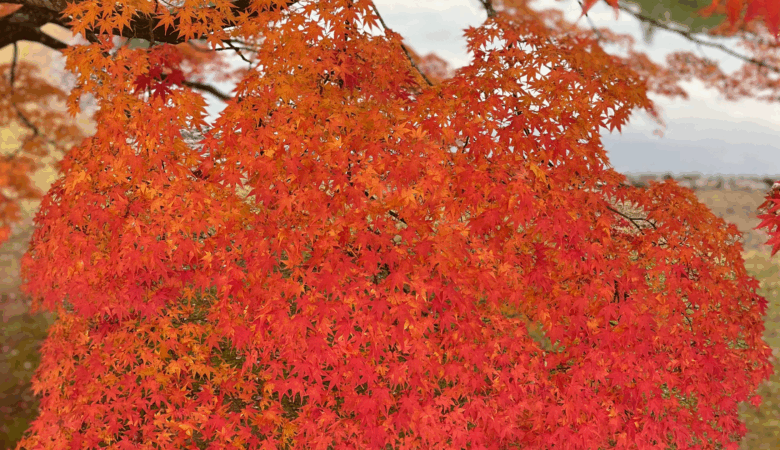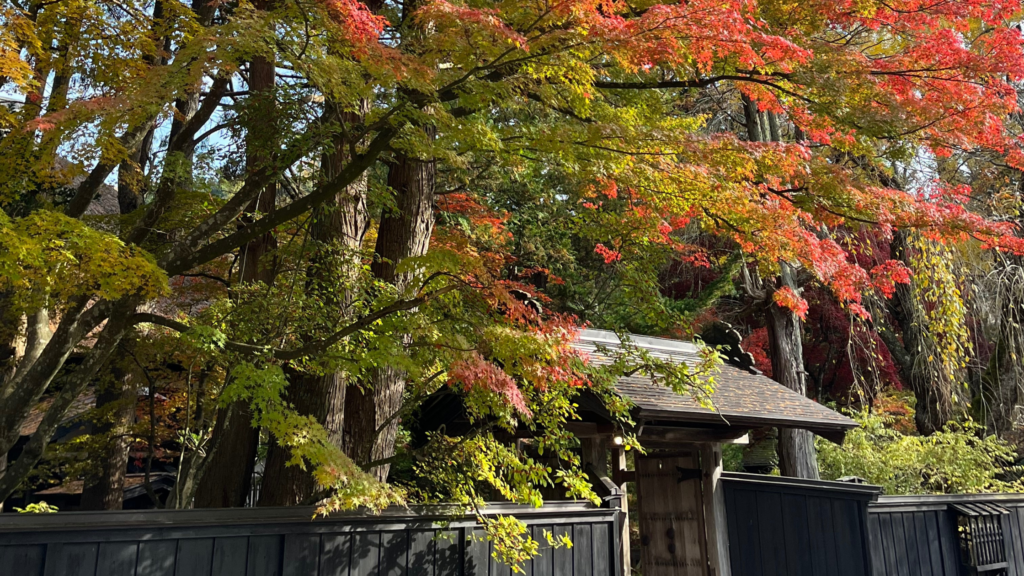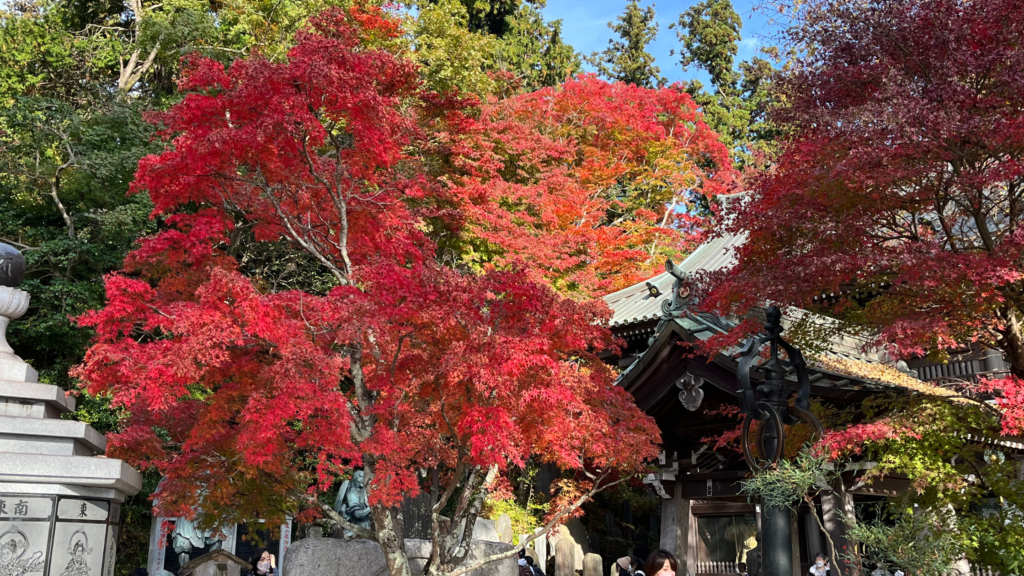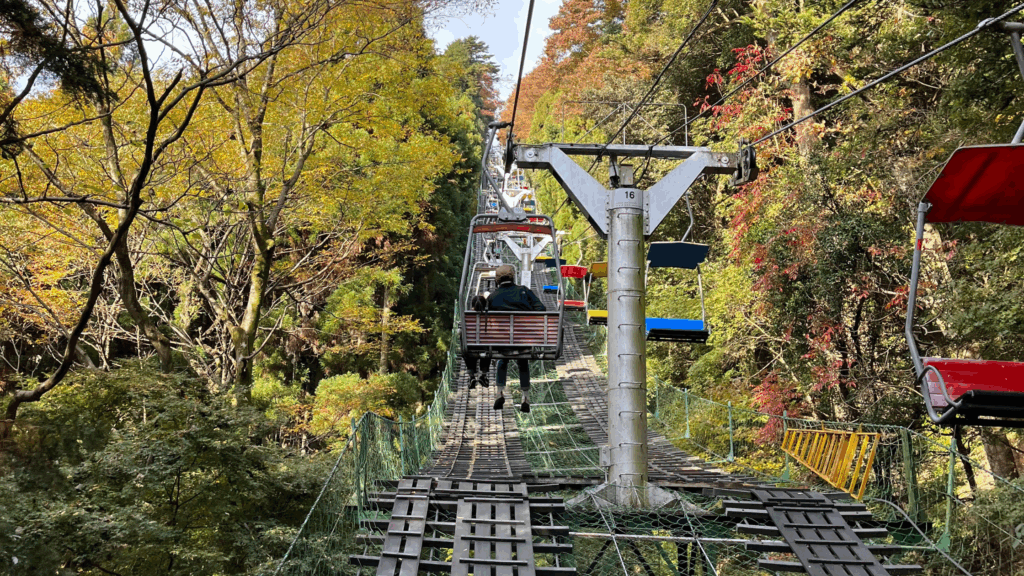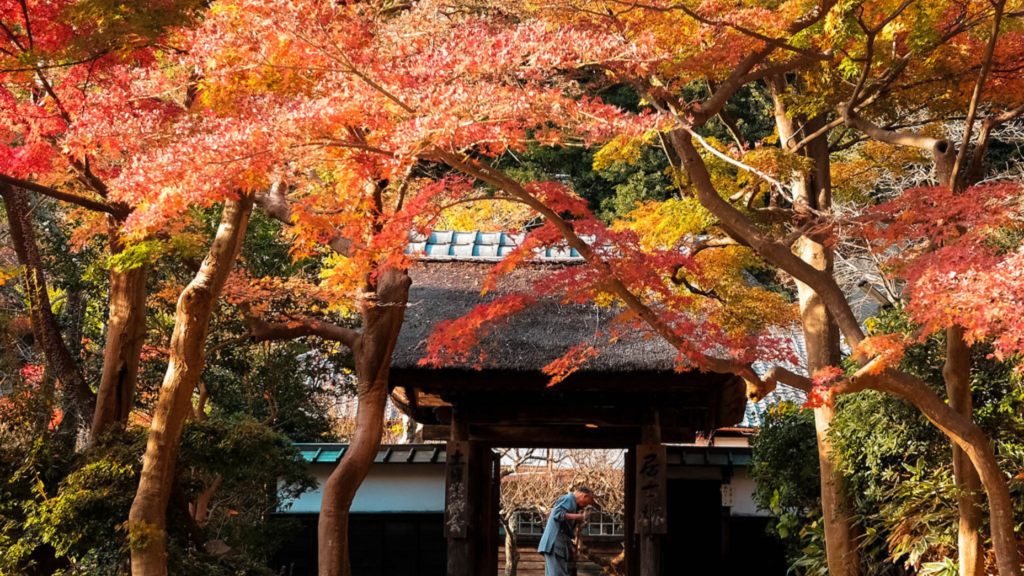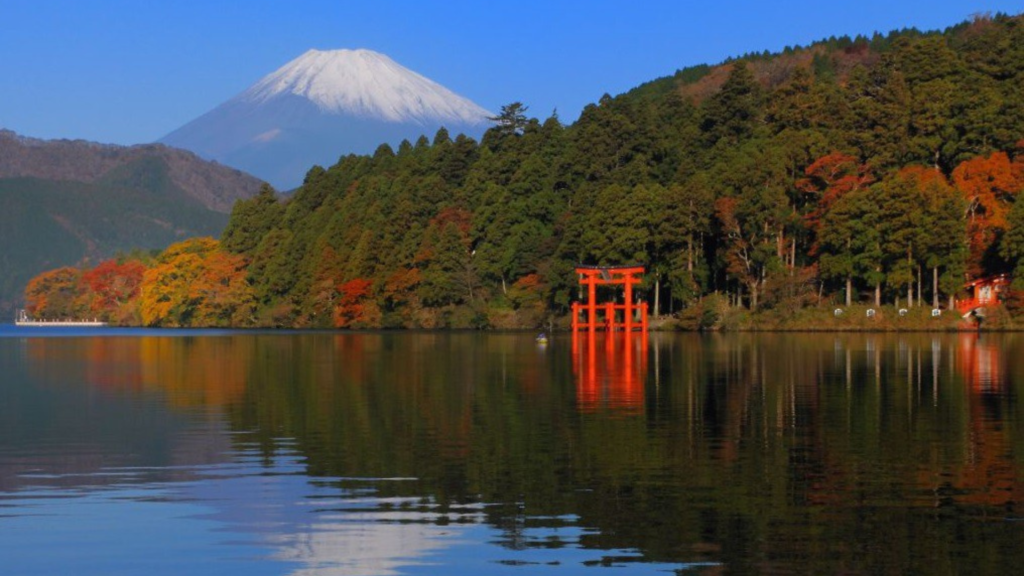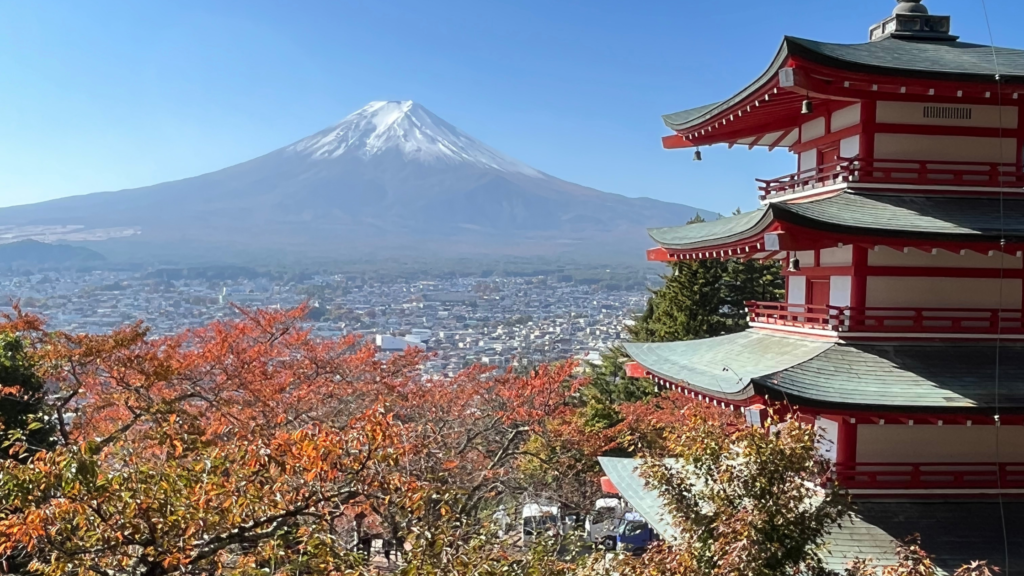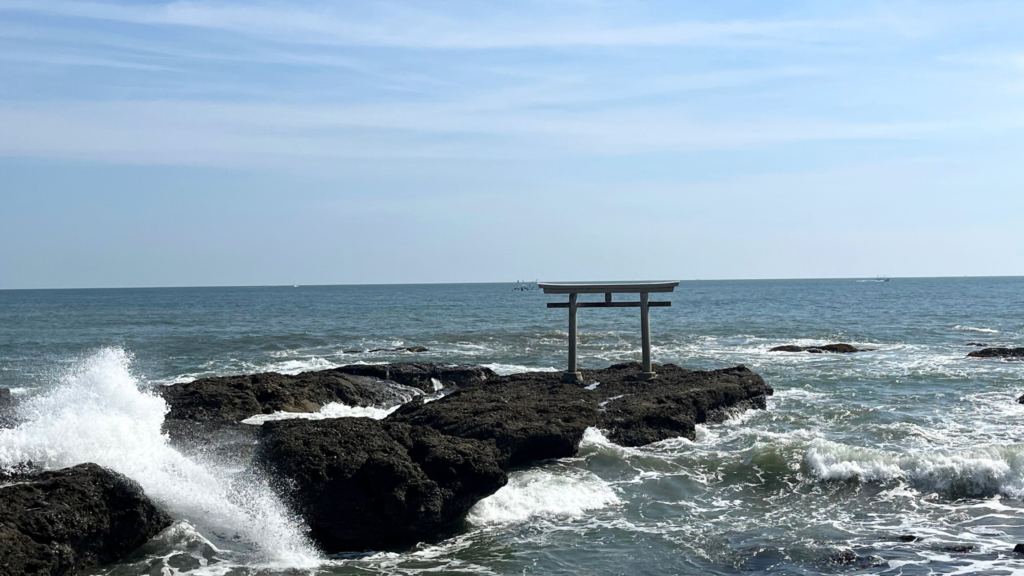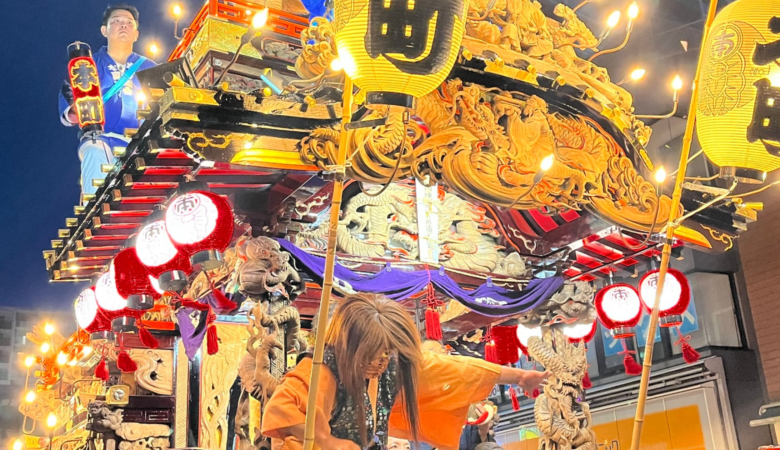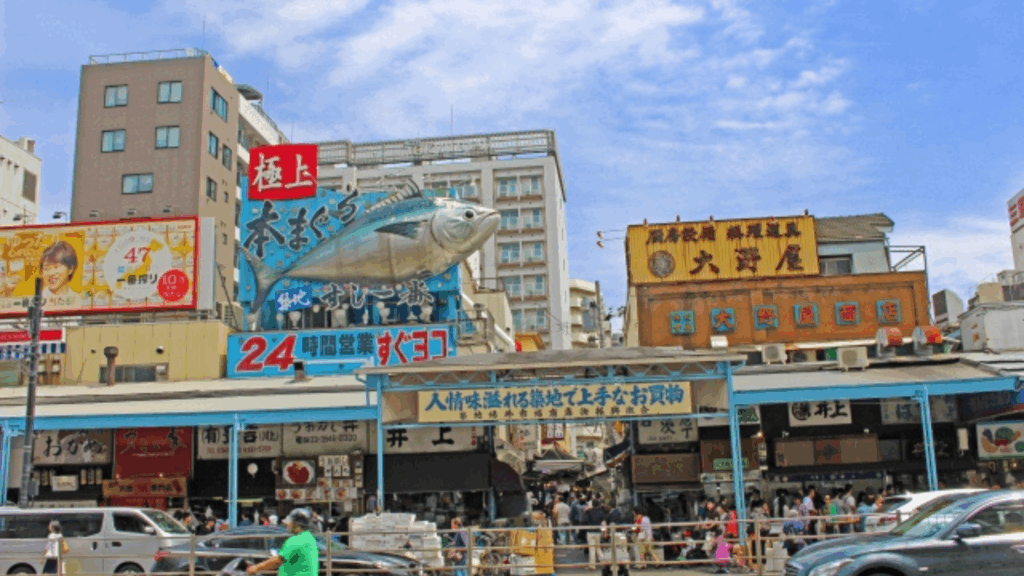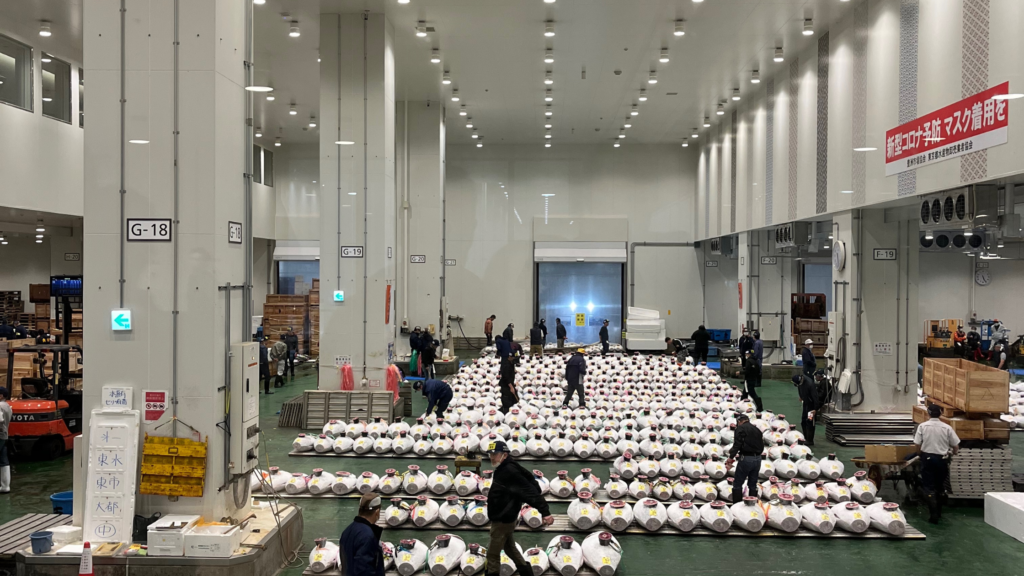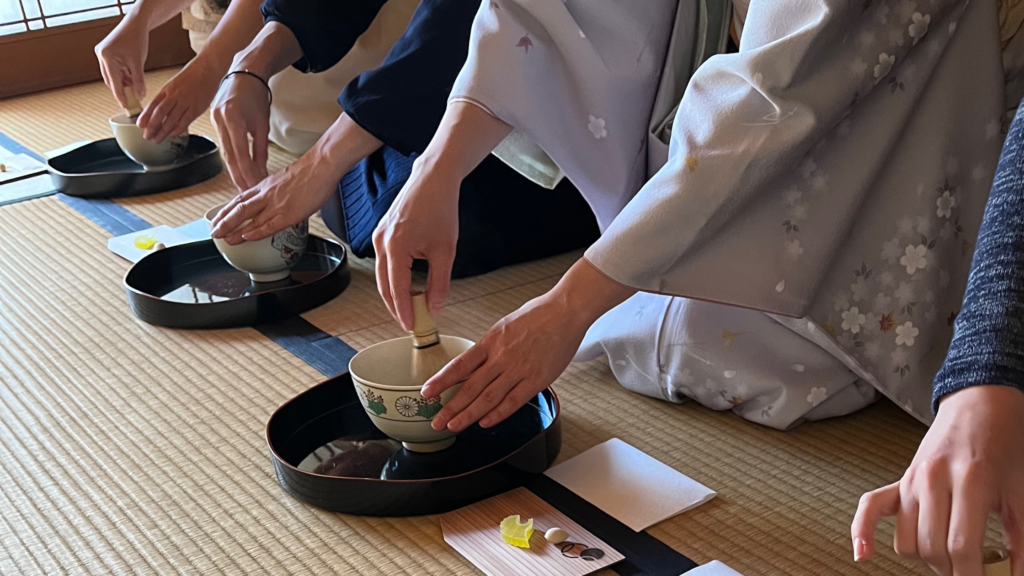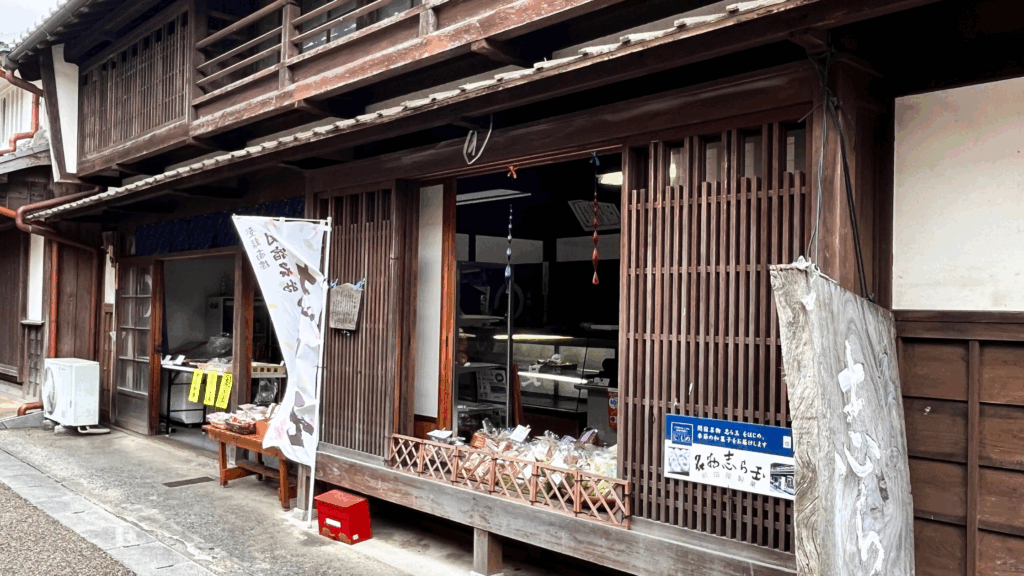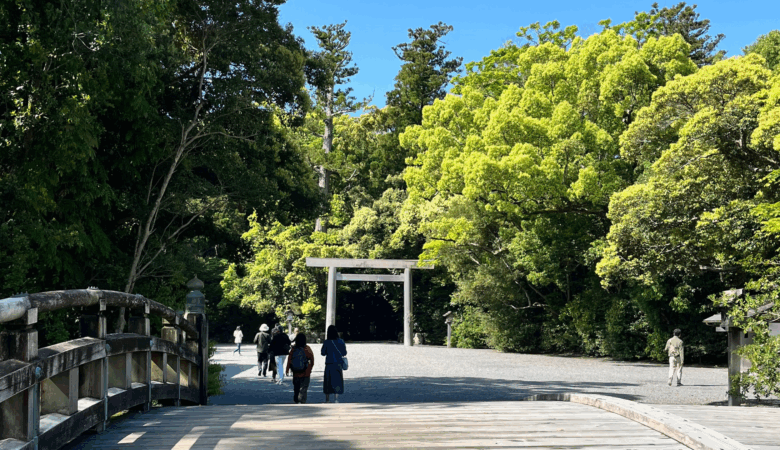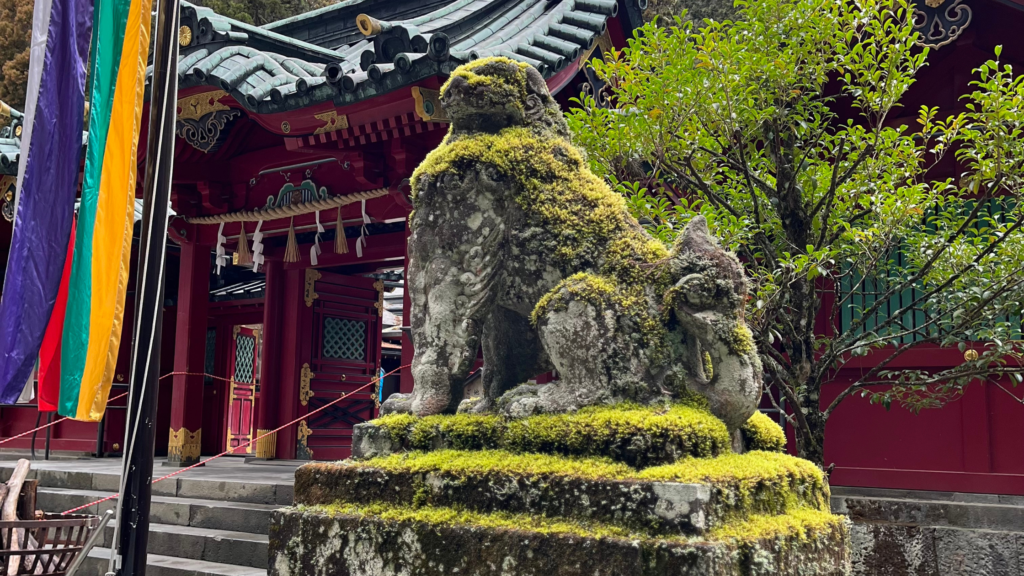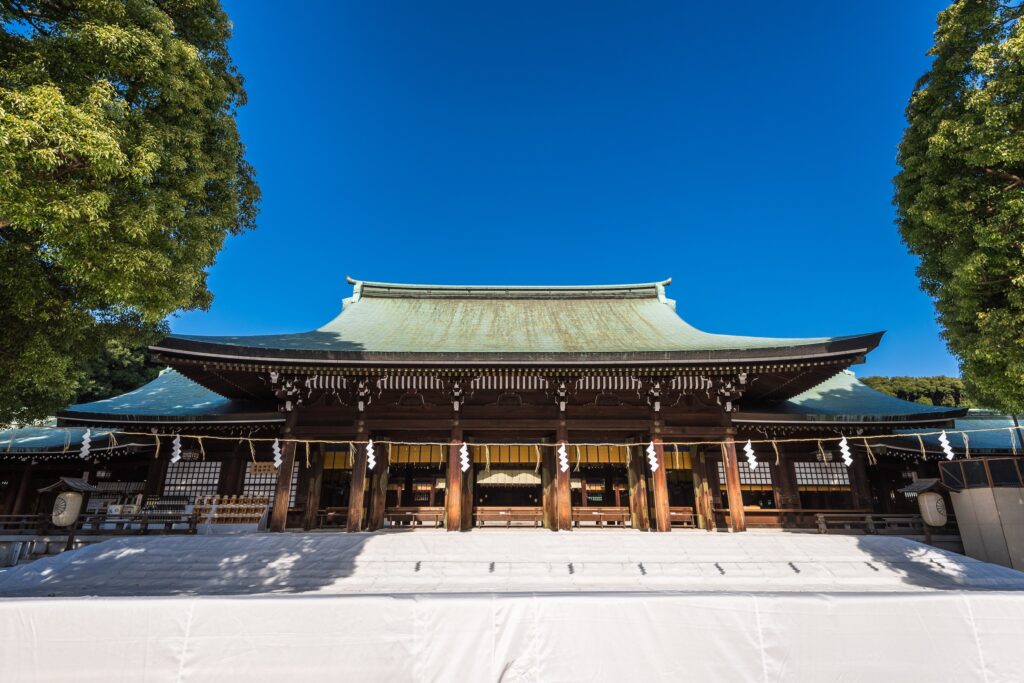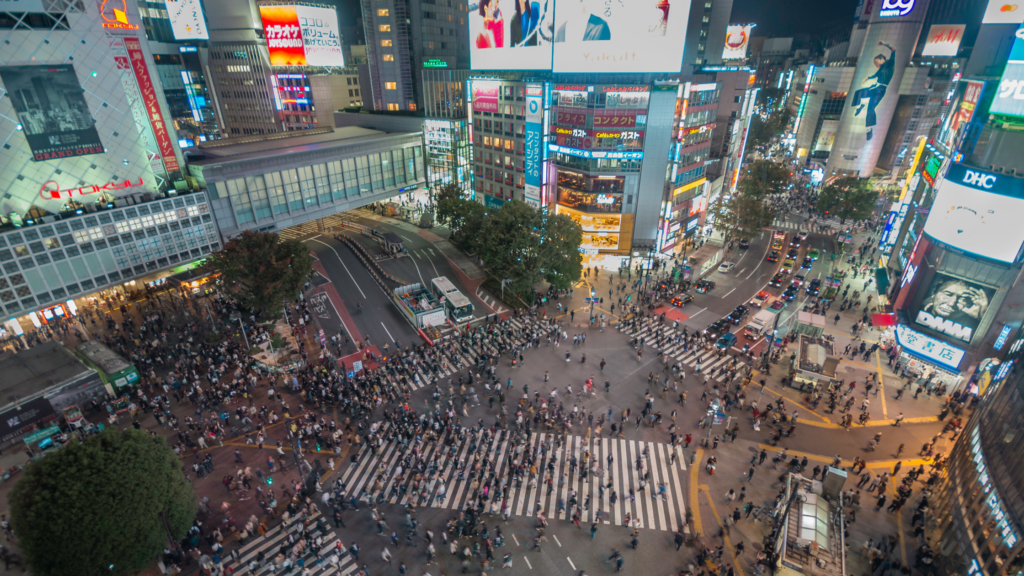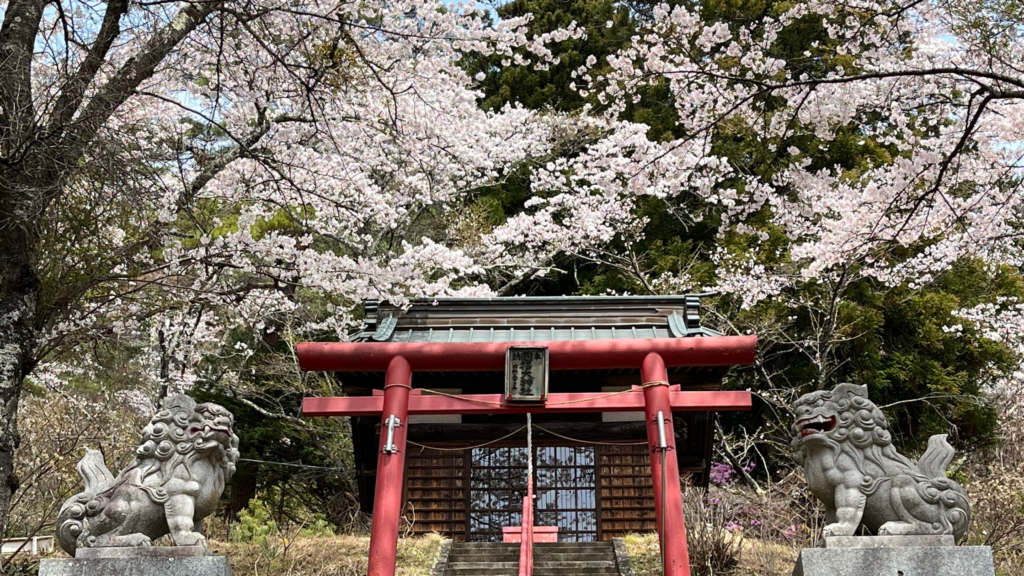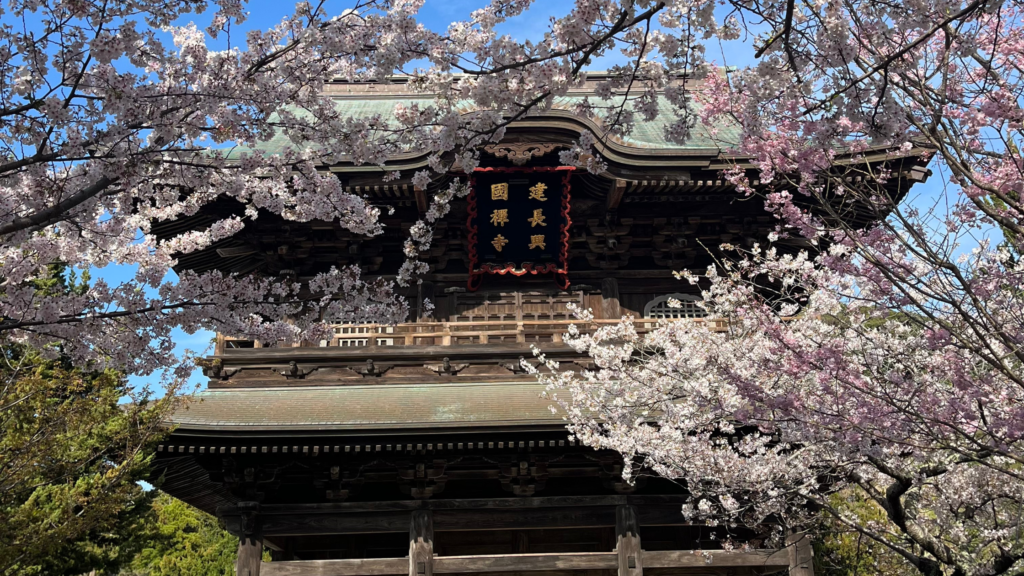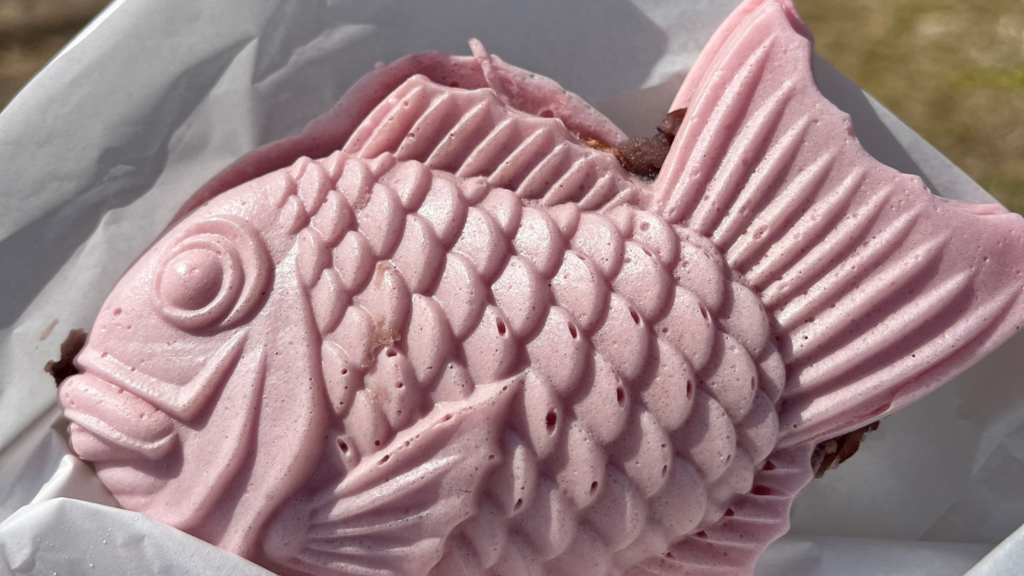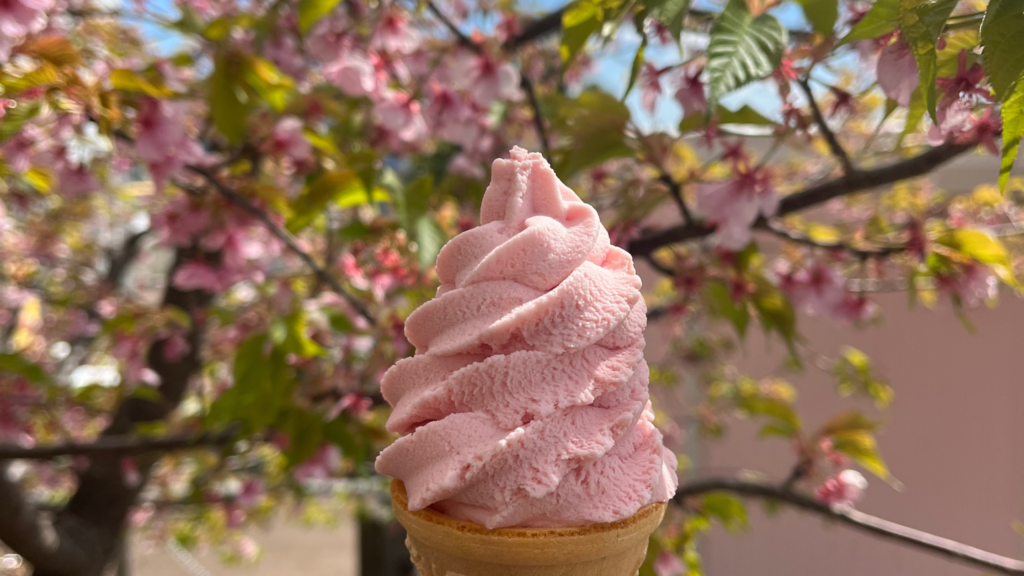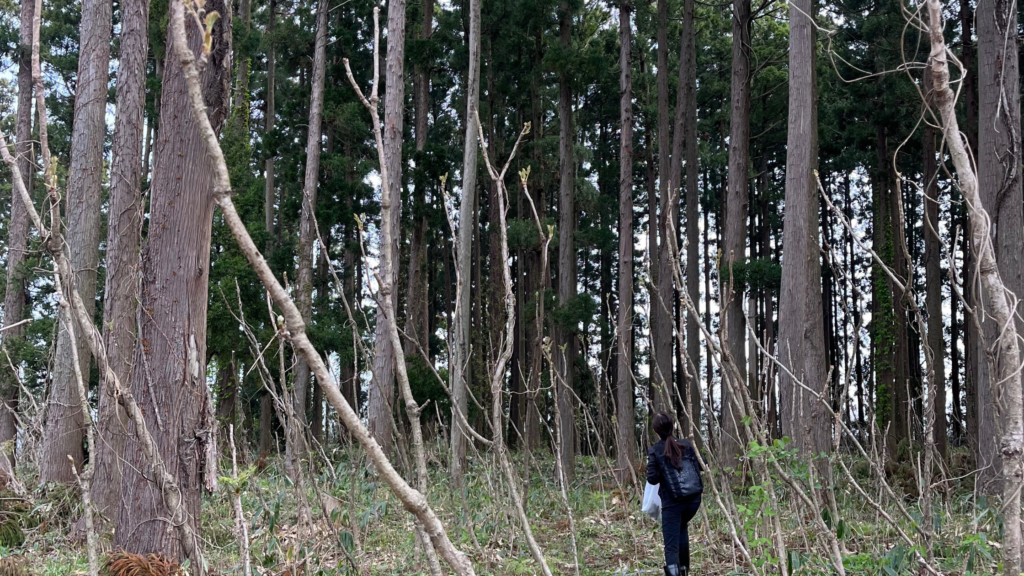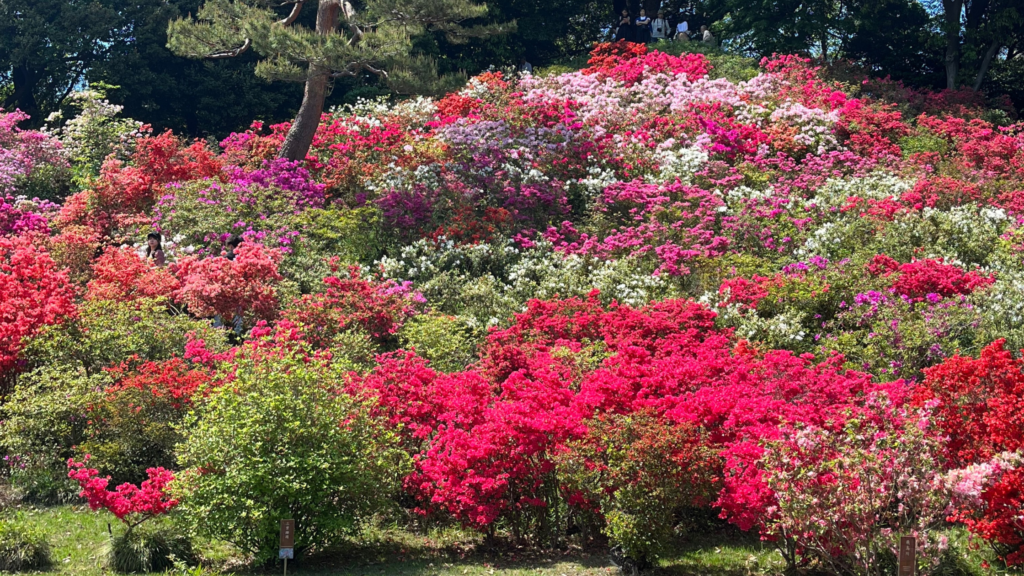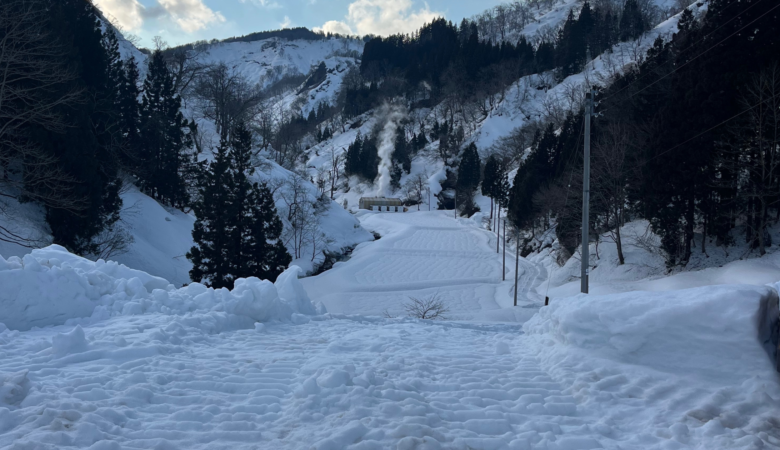More and more travelers are seeking something deeper than sightseeing — a chance to experience Japan’s timeless rhythms, heartfelt hospitality, and the quiet joys of rural living. Even first-time visitors are beginning to skip the big cities in favor of cozy countryside homes, seasonal traditions, and meaningful encounters with local people.
If you’ve ever dreamed of returning to a place you’ve never been — a place that feels like home — this is your invitation. Here are four unforgettable stays and experiences where you can feel Japan’s rural soul.
Iromusubi no Yado (Murakami, Niigata)
Nestled at the northern edge of Niigata’s coastline, Murakami is a town blessed by the sea, mountains, and rivers. Once a castle town, its streets still echo with history and pride. Along the shore, you’ll find a port town that once welcomed the Kitamaebune trading ships — and where artisans still craft miso and soy sauce by hand.


Murakami is also known as the “Town of Salmon,” with a legacy dating back to the 8th century when salmon was offered to Kyoto nobility. Locals have long cherished this fish as a life-saving gift, preparing it in countless ways — nothing goes to waste.

At Iromusubi no Yado, you can join the autumn ritual of preparing “harako” (salmon roe) and savor rustic countryside dishes. In spring, gather mountain vegetables and enjoy them fresh as tempura or simmered delicacies. The inn itself is a lovingly restored farmhouse, where evenings are spent around the hearth, chatting with local “okāsan” — as if you’ve come home.



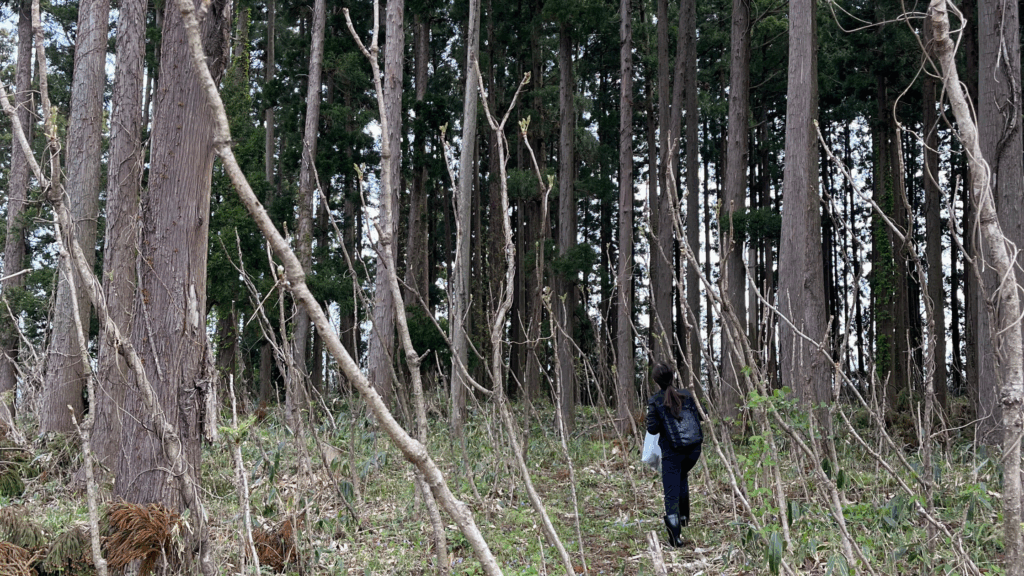
Getting there: About 2.5 hours from Tokyo via Shinkansen and limited express.
Kosuge – The Village of the Headwaters (Yamanashi Prefecture)
Just west of Tokyo lies Yamanashi, a region rich in natural beauty, famous for Mt. Fuji, vineyards, and fruit orchards. In its eastern mountains sits Kosuge Village, a quiet farming community of around 700 residents. Here, you’ll find NIPPONIA Kosuge – The Village of the Headwaters, a unique stay where the entire village welcome you as its guest.


Guests stay in scattered traditional homes and live like locals — cooking with seasonal ingredients, enjoying wild game at the village restaurant, and waking up to gentle breakfasts made from fresh, local produce. From spring through summer, you can join in vegetable harvesting and taste the flavors of the land straight from the field to your plate.


Spend your day walking through the forested hills, cycling along mountain roads, or simply chatting with villagers on a morning stroll. Every moment is yours to shape.

Getting there: 1.5 hours from Tokyo via limited express and complimentary shuttle
Ryugon (Uonuma, Niigata)
In Japan’s snowiest region, Ryugon offers a serene escape into the heart of snow country. This inn is a collection of historic homes — once the residences of wealthy farmers and village leaders — relocated and restored to create a space of quiet elegance.


Here, you’ll taste the blessings of snow, water, and mountain life. Join local women in foraging for mountain vegetables, cooking traditional meals, or making plum wine. In warmer months, explore the town by bicycle; in winter, wander through snowy landscapes with snowshoes.


Ryugon is more than a place to stay — it’s a place to feel.
Getting there: 2 hours from Tokyo via Shinkansen and shuttle
Takijiri Wasabi Farm (Izu)
Nestled in the untouched mountainside of Shuzenji in central Izu, Shizuoka, lies a serene landscape of wasabi fields—Japan’s organic vegetable cultivated in harmony with nature. With over 400 years of history, these fields have been carefully preserved by generations of local caretakers.


The wasabi grows in crystal-clear spring water, filtered through a unique system that maintains a constant temperature of 10 to 15°C throughout the year. Normally, due to the delicate conditions required to sustain this environment, visitors are not allowed to enter the farm. However, at Takijiri Wasabi Farm, you can not only tour the fields but also experience harvesting and tasting fresh wasabi.



Why not join the farmers—whose families have cultivated wasabi here for over a century—and take part in this rare and refreshing farm experience?
Access: Approximately 2.5 hours from Tokyo by Shinkansen and bus.
Come Home to Japan
These are just a few of the many places where you can experience Japan’s rural warmth, seasonal beauty, and timeless traditions. Whether it’s your first visit or your tenth, there’s always a new village, a new story, and a new feeling waiting for you.
Let your journey begin — and let it feel like coming home.
Mahalo Nuiloa Local Guide will coordinate a private tour according to your request. Would you like to make a trip that suits you? Please contact us from here.


